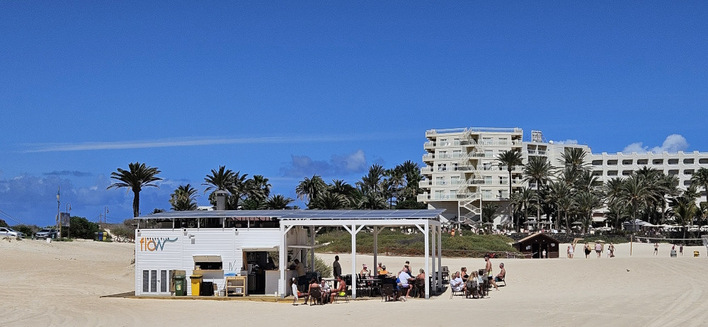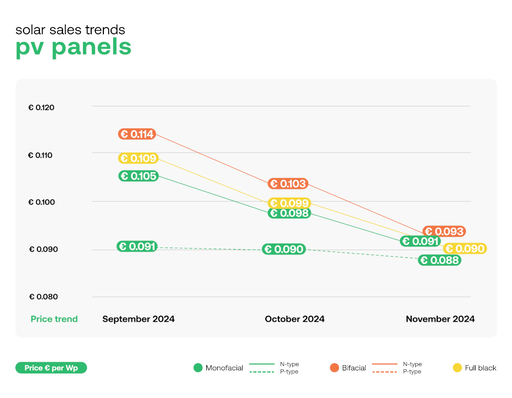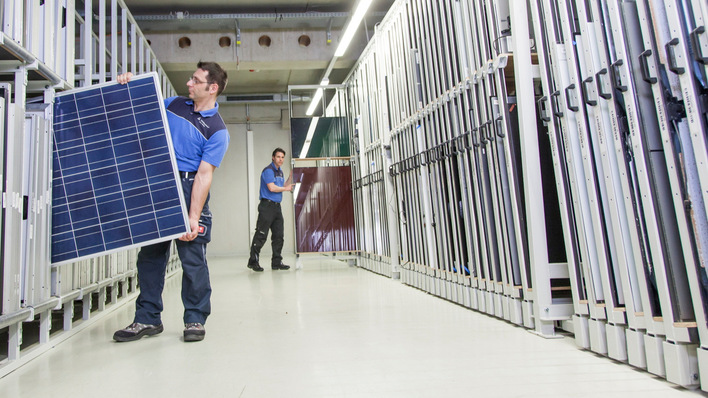When dealing with historic cities large-scale adoption of solar energy requires systematic architectural integration of the solar energy technology to combine historic preservation with efficient generation of renewable energy. Preserving the architectural integrity and historic value of old buildings, indeed, historic preservation is as important as the generation of clean energy.
Pioneering the development of BIPV
Hosting the largest historic heritage of the world, and with good to excellent solar irradiance levels, Italy has pioneered the development of building integrated photovoltaics (BIPV), a multifunctional technology that unifies the photovoltaic module with the overall building outer surface providing the building with several other functions. For example, an Italian-German research and demonstration project (PVAccept) funded by the European Commission between 2001 and 2004 developed different marketable PV solar modules of innovative design for their integration into old buildings, historical sites, the urban space and landscapes.
Solar in Vatican City
Awarded the 2008 European Solar Prize for the category “solar architecture”, Rome hosts on the rooftop of the “Paul VI” Audience Hall in the Vatican City an elegant PV array comprised of 2,394 ad-hoc modules in crystalline silicon of 220 kilowatt peak nominal power. Shortly afterwards, de Santoli, who designed the system, has explored the integration of new energy technologies for sustainability in Rome, from the analysis of energy savings achievable through PV systems on school roofs, through energy savings achievable via the retrofitting of public housing dwellings from the 1940’s in an historic neighborhood.
Still missing guidelines
Yet, still today neither the city of Rome nor Italy’s central or regional governments have published guidelines with the criteria for incorporating solar PV and solar thermal (ST) technologies in the built environment. As a result, the use of solar modules and thermal collectors in the historic center of cities like Rome, Florence, Venice, Catania and Naples is practically nihil. For comparison, in order “to find a proper balance between technical and aesthetic requirements”, several Swiss Cantons have guidelines for the integration of solar technologies in the building environment.
New energy strategy
On the other hand, Italy’s new energy strategy for the period 2020-2030 (Strategia Energetica Nazionale - SEN) has identified PV as one of the best options for increasing the share of renewable energy in the country, and to eliminate coal power production by 2025 by increasing the share of renewable energy sources to 27% in 2030. In detail, power production from PV is expected to increase from 21.104 TWh in 2016 to 72 TWh by 2030: an energy production target which requires new solar installations to exceed 3 GW per year.
For comparison, since the end of the Feed-in-Tariff (FiT) incentives in mid 2012, Italy which had gone from 3 to 17 GW installed PV capacity in just 2 years, has installed only 2.7 GW while Australia, with a population about 35% of Italy’s, has over the same five years installed around 6 GW of rooftop PV.
Referring to Rome as the city with the world’s largest historic heritage, we identify selected technology solutions and critical policy and educational initiatives to effectively achieve within the next decade (2018-2027) the needed widespread uptake of decentralized solar energy systems in the built environment on a truly global scale. (HCN)
About the authors: Mario Pagliaro is a chemistry and energy scholar based in Sicily. A physicist at the Institute of Biometeorology of Italy’s Research Council in Florence, Francesco Meneguzzo coordinates a research group active in numerous fields from energy to the bioeconomy. M. Pecoraino is based in Palermo.
Read part one of our article series
More useful information:
http://www.pveurope.eu/News/Solar-Generator/Big-step-for-BIPV-and-smart-solar-homes-in-Europe
http://www.pveurope.eu/News/Solar-Generator/Building-Integrated-PV-needs-better-regulation
https://www.pveurope.eu/solar-modules/schueco-bipv-building-integrated-photovoltaics-future-oriented







